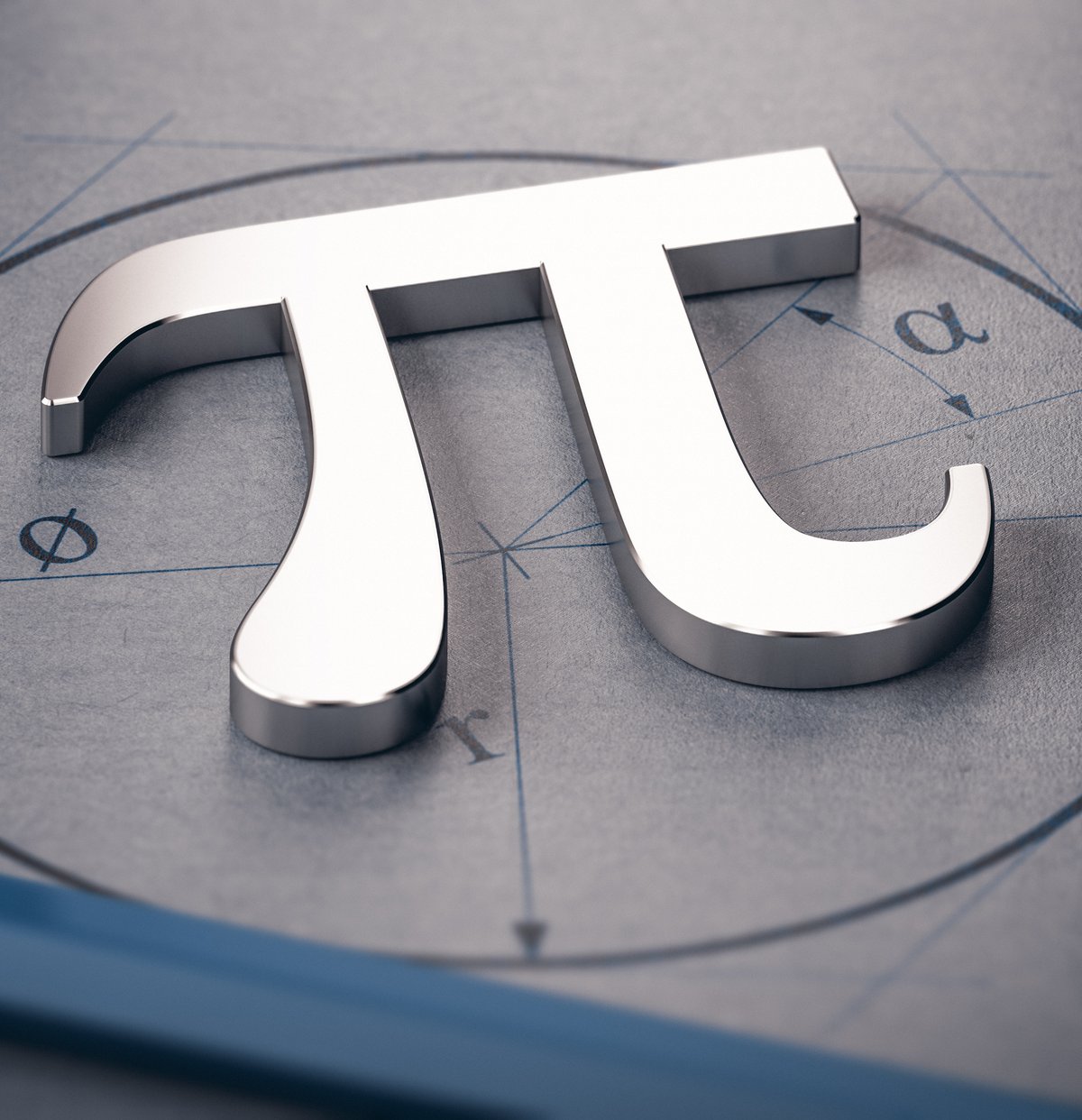Two Indian physicists, delving into the bold string theory that aims to unify general relativity and quantum mechanics, have discovered an easier way to observe Pi (π), the iconic ratio between the length and diameter of a circle. In addition to string theory, this discovery could have implications for other areas of science and mathematics.
In a paper recently published in Physical Review Letters, the authors note: New representation of pi allows more efficient manipulation of this mathematical constant during the solution of complex physical processes. One application is to analyze interactions between particles during a phenomenon called quantum scattering.
Co-author Aninda Sinha, from the Indian Institute of Science, spoke of her excitement in discovering the new approach, explaining that she and her colleague Arnab Priya Saha “were working on high energy physics in quantum theory and trying to develop a model.” with simpler and more accurate parameters to understand how particles interact
How did two physicists arrive at the new way to calculate Pi?
In a press release, the authors explained that when used within certain parameters, the new formula achieves results very similar to the ancient 15th-century representation of Pi by Indian mathematician Sangamagrama Madhava, which was the first recorded in history.
Sinha’s idea was to mathematically represent the interactions of subatomic particles using as few simplistic factors as possible. It was supposed to describe the interactions of strange, hard-to-see particles emitted during an “optimization problem.”It involves combinations of mass, vibration, and irregular movements of these elements.
Using an old quantum electrodynamics tool called the Feynman diagram, they obtained a model of particle interactions. It is stated in the study that “all basic living characteristics up to a certain energy level” should be captured. However, this resulted in a new formula for Pi that closely resembled the historical representation of Madhava.
What are the practical uses of the new formula for calculating pi?

Saha and Sinha explain in their paper that although their discovery is purely theoretical, it is “one of the most interesting perspectives of the new representations in this paper.” and use Appropriate modifications of these to reexamine experimental hadron scattering data,” experiments conducted in particle accelerators.
HEAnother practical application of the “New Pi” is linked to “celestial holography” according to the duo. This hypothesis suggests that information about events occurring in a three-dimensional space can be encoded on a two-dimensional surface surrounding it. In cosmology, this paradigm is explored in string theory and quantum field theory.
Although the new formula for calculating Pi is promising, Some theorists at Columbia University’s Department of Mathematics disagree on its accuracy..
Is there anything you want to ask? Tell us about our social networks and take the opportunity to learn why exact sciences are so difficult to learn.
Source: Tec Mundo
I’m Blaine Morgan, an experienced journalist and writer with over 8 years of experience in the tech industry. My expertise lies in writing about technology news and trends, covering everything from cutting-edge gadgets to emerging software developments. I’ve written for several leading publications including Gadget Onus where I am an author.













